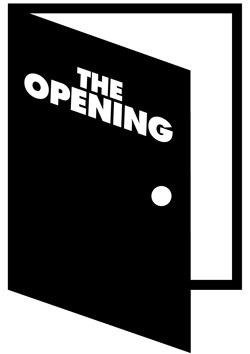
|
THE OPENING is all about introducing the fascinating, quirky and wonderful people working in and around the visual arts in Vancouver. Each week, we'll feature an artist, collective, curator or administrator to delve deep into who and what makes art happen! |
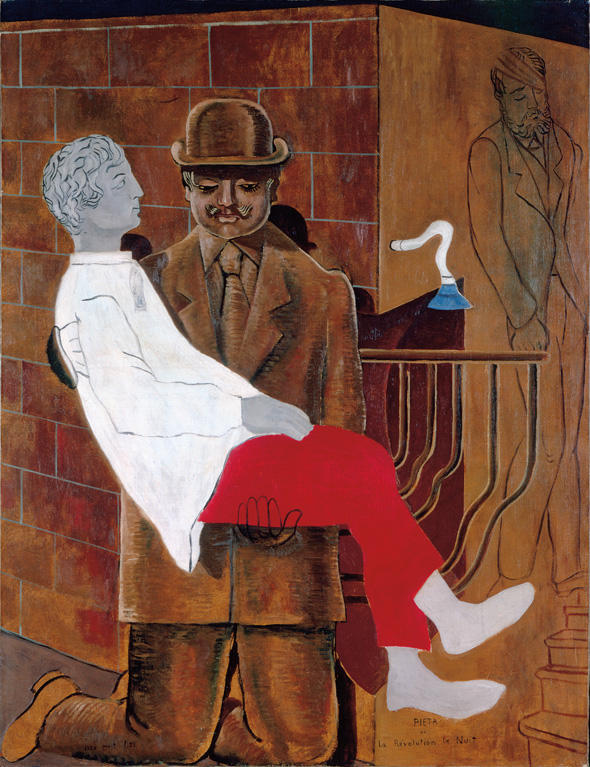
Max Ernst 'Pietà or Revolution by Night', 1923, oil on canvas
Tate, Purchased 1981
© Estate of Max Ernst/SODRAC (2011) (Photo: Tate, London/Art Resource, NY)
You have probably all noticed that things are a little quiet right now. August is traditionally an off month, particularly internationally – commercial galleries close for a few weeks, studios shut and everyone heads off for a much needed break before crazy comes to town with art fairs, insane auctions and massive exhibitions. Though you should always visit your local arts institution year round, now is an excellent time to give it some much deserved attention, which is what I did the other day when I re-visited The Colour of My Dreams: The Surrealist Revolution in Art at the Vancouver Art Gallery.
My first visit was as part of a media tour before the exhibit opened with guest curator Dawn Ades. One of the foremost scholars of Dada and Surrealism, Ades is Co-Director of the Centre for Study of Surrealism and its Legacies at the University of Essex where she teaches part-time. Her enthusiasm for Surrealism is contagious, and she has put together a stunning show featuring a number of seminal works that rarely leave their home institutions, making this exhibit all the more special for Vancouver.
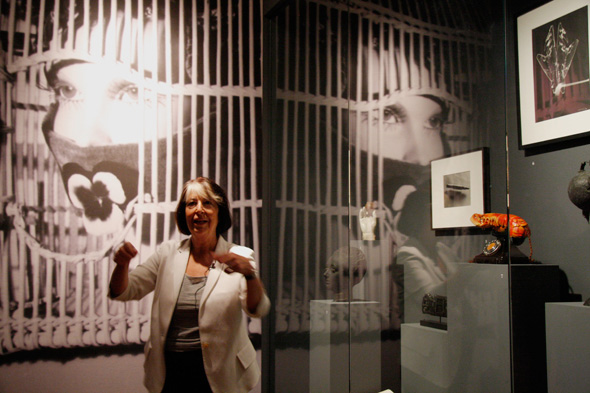
Guest Curator Dawn Ades speaking in the 'Objects' section (Photo: Anne Cottingham)
As a movement, Surrealism was most dominant in the inter-war period. It had close links with political revolution and even the Communist Party for a time. The poet André Breton became their leader and wrote the first Surrealist Manifesto in Paris in 1924, describing the aim of the Surrealists to explore the world of psychic experience as revealed by Sigmund Freud and ultimately to turn dream and reality into one absolute reality. Their explorations of the conscious and unconscious mind make up one of the most important and influential art movements of the 20th century, whose works are still relevant today.
The Colour of My Dreams is divided into a number of different sections and was “designed to create a variety of environments and moods in which to contemplate themes the Surrealists explored,” according to Ades. Entering the gallery amidst dim lighting emanating from folded white paper structures, the mood was immediately set for the 'Revolution by Night' section featuring two incredibly powerful paintings and two First Nations sculptures (I’ll get to their connection a little later). My favourite of the two paintings is Max Ernst’s ‘Pietà or Revolution by Night’ from 1923. Ernst’s depicts himself turned to stone and held in the arms of his father, with a ghostly figure outlined behind them, suggesting the Holy Trinity of father, son and holy ghost, and also Michelangelo's famous sculpture at St. Paul's Cathedral in Rome. As Ades puts it, “I wouldn’t be surprised if this were based on a dream.” Entering this first room, I felt I had been punched in the gut in an entirely good way, and as I moved on further into the galleries, it continued to delight me.
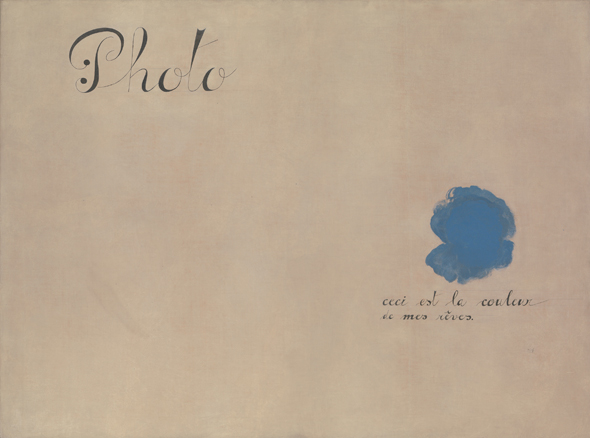
Joan Miró 'Ceci est la couleur de mes rêves', 1925, oil on canvas
The Metropolitan Museum of Art, The Pierre and Maria-Gaetana Matisse Collection, 2002
© Successió Miró/SODRAC (2011) (Image © The Metropolitan Museum of Art/Art Resource, NY)
The works that struck me the most were the ones with wide expanses of space, either left blank or painted in, with scenes or figures in small sections. There is a wonderful corner of Yves Tanguy works with beautiful spaces that could be skyscapes, and blob-like forms creating dioramas whose nature is just this side of indiscernable. In an opposite corner are two paintings by Catalan artist Joan Miró, including the work that inspires the title of the exhibition, 'Photo: Ceci est la couleur de mes rêves' from 1925. In spirit it reminds me of fellow Surrealist Rene Magritte’s 'The Treachery of Images' from 1928-29 which highlights the thoughtful realization that a painting or image of a pipe is not a pipe. For Miró, the subject matter is more abstract as according to Ades, he is “referring to this problem an artist has, to directly transfer these sort of unconscious desires on canvas.” The painting is an almost completely blank canvas with a splotch of blue. The Tanguy and Miró paintings work together in completely opposite manners – Tanguy illuminates the “tip of the tongue” quality of dreams that you swore you could remember in depth only a moment ago. Miró instead chooses to highlight the point at which they are almost completely forgotten, when they are simply remembered by a colour or a word.
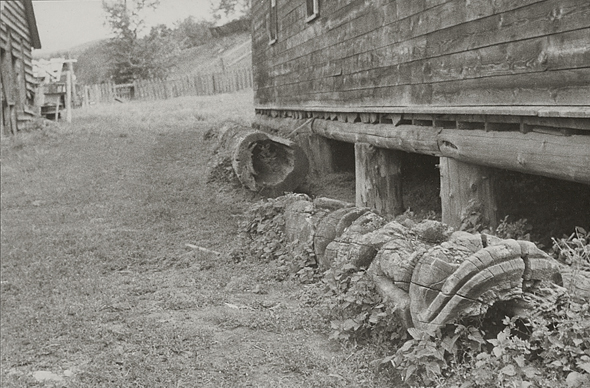
Kurt Seligmann 'Mat totem tombé', 1932, gelatin silver print
Musée du Quai Branly, Paris (PP0003117)
© 2011 Orange County Citizens Foundation/SODRAC (Photo: Musée du Quai Branly/SCALA/Art Resource, NY)
The incredible works in The Colour of My Dreams are just too many to list. I lingered by the photography of Egypt by Lee Miller, a small painting by arguably the most famous Surrealist Salvador Dali, and a sparse black painting by Wilhelm Freddie. There is film interspersed throughout the whole exhibit, with films either by members of the Surrealist group or from the time they were most active. A section of cadavre exquis (or in English, exquisite corpse) drawings held my interest in part because it was so entertaining to see what these artists could do with such a simple concept that people the world over have probably done at least once themselves. There is even a local connection as a number of the Surrealists were interested in First Nations art including work of the Pacific Northwest. They collected objects by Indigenous artists, and in the case of Kurt Seligmann, traveled widely throughout British Columbia and Alaska.
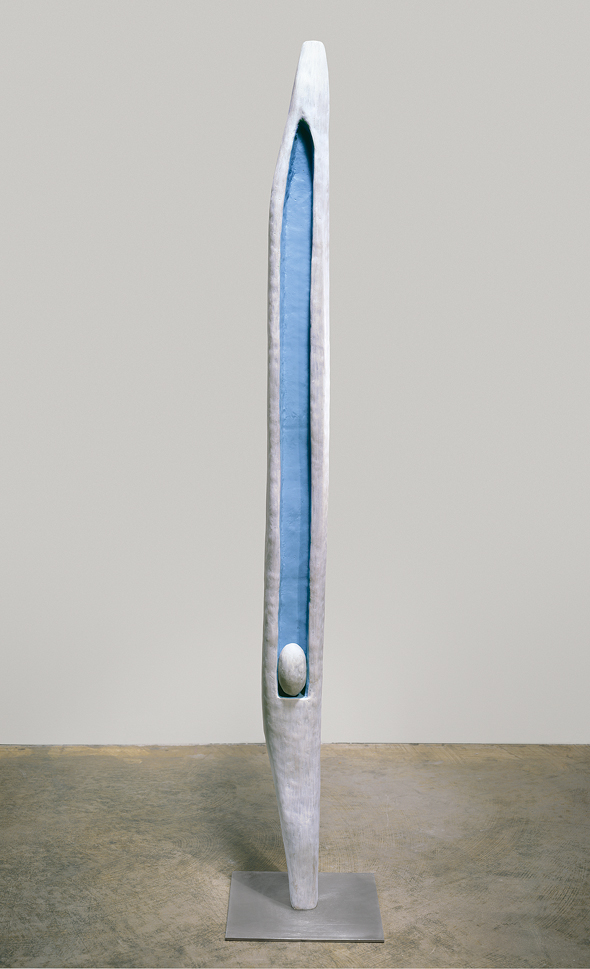
Louise Bourgeois 'Untitled', 1947-49, bronze, painted white and blue and stainless steel
Courtesy of Cheim & Read and Hauser & Wirth (Photo: Christopher Burke)
It seems only fitting that the exhibit ends with three sculptural pieces by the recently passed Louise Bourgeois. Much of her work drew from traumatic childhood experiences and emotions, and though she could never be considered a Surrealist, her methods of depiction and certainly her treatment of her own emotional source material is in keeping with their ideas. The same could be said for any number of artists painting, sculpting and more today. It's both a subtle and powerful reminder of the impact of Surrealism on visual art, and that the conversation started in the 1920s still continues almost 90 years later.
--------
The Colour of My Dreams: The Surrealist Revolution in Art is on until September 25, 2011. For more information, please visit vanartgallery.bc.ca.


